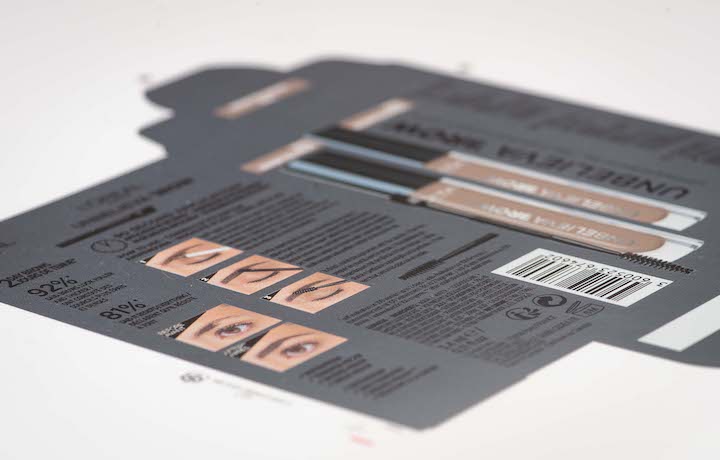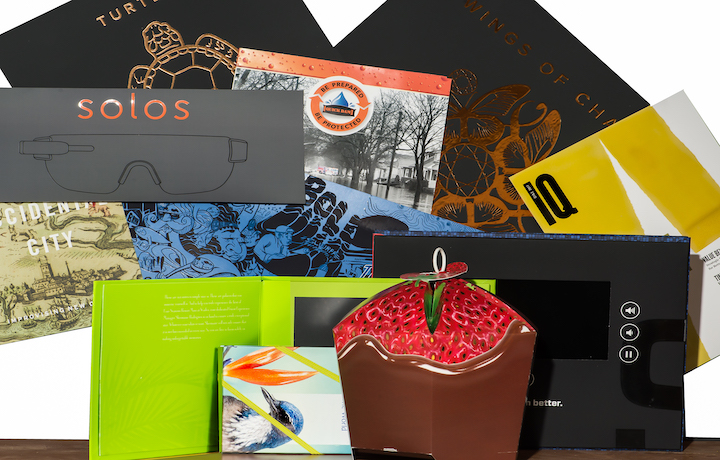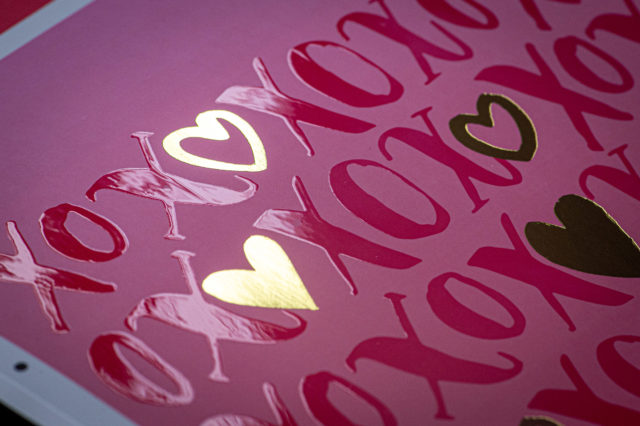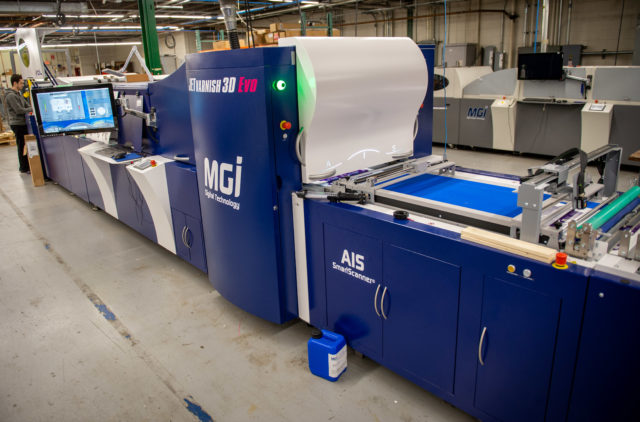Packaging is the consumer’s first impression of the product or the brand entirely. While you’re thinking about how to make your packing more appealing, it’s crucial to consider more than just shapes and colors. Structural design is a key component in the packaging design process. Packaging design should represent your brand and its values, help your product stand out on the shelves, enhance the value of your brand, and deliver a memorable unboxing experience for the end user.
Imagine you are at your local drug store shopping for shampoo, you typically buy the same brand every time, but something catches your eye- a new brand of shampoo. It’s made out of all the same ingredients, so what makes this one so special? It’s in a better container, it must perform better, right? Maybe it does, but it’s the packaging this shampoo is housed in that drives you to purchase the new shampoo instead.
What is Structural design?
Structural design is the “Bone and Muscle” of a package; a process of engineering custom packaging structures it must protect, unitize, and convey the intended use of the product. Packaging design becomes a silent salesman for commercial products- the packaging helps to sell based on look and feel as opposed to the contents of the package. Structural design gives organizations the freedom to create custom structures that passively sell products without being locked into certain size requirements you would find with stock packaging.
How does structural design impact packaging?
Structural design is the hub of packaging: salesmen bring clients in, clients describe their needs and then the structural design process comes into play. All pre preparation before production is part of the structural design process and it takes a dedicated and knowledgeable team to walk clients though it, making recommendations and improvements throughout.
The Structural Design Process
- A client will come to us with an existing or new product and ask us to design a comprehensive packaging solution to house this product or products.
- Sometimes structural design emerges from an engineering based need where an organization needs to protect fragile components. Other times a structure needs to be compliant such as packaging for the cannabis or medical industries. Conversely structural packaging can be used to simply assist an organization sell their product, where creativity and design are the most important factors.
- Utilize computer aided design (CAD) to engineer the product before it is manufactured, Superior even possesses 3D modeling capabilities where purchasers can view a sample of their product digitally before samples are even produced.
- Computer aided machining (CAM) is used to process pinpoint structural samples for testing the fit of a product and what the finished product will look like physically.
- Structural samples are also a sales aid because a sales team can use these generic or custom branded structures to help them sell
- On occasion the samples will also need to undergo package testing where samples are sent to a testing lab for rigorous ASTM testing
- Once the client approves the samples the dielines are created for a graphic designer to lay their art into the approved structural sample
- From there we can create hard tooling for the multitude of production equipment Superior utilizes in order to produce the finished product
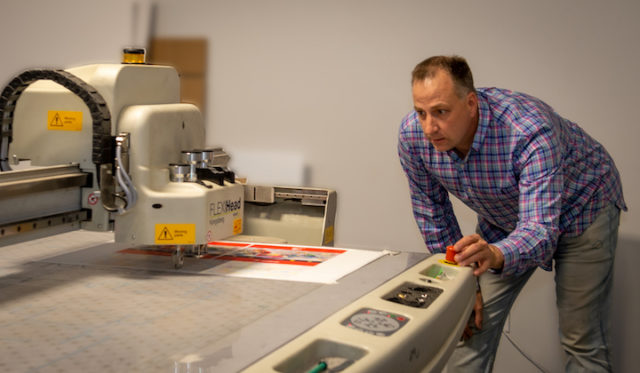
What are the Benefits of Structural Design?
Having a Staple Part of Your Brand:
It may not seem like it, but the box your product comes in is just as important to the consumer as the product- your package should be unique. Take Tiffany and Co. for example, when you see the Tiffany blue box your mind instantly thinks of their luxury brand. Consumers save these boxes because it represents more than the product itself, it represents a keepsake and reminds customers of their experience first receiving the product. Having a memorable part of your packaging can increase the value of your brand.
Practicality:
Packaging design can also incorporate practical aspects or uses to enhance the overall customer experience. For example a package of cannabis pre-rolls that incorporates space to house a lighter or matches, ensuring everything the user needs comes in a singular container.
Feel Factor:
There is nothing more exciting than being a kid and running down stairs to see all your presents on Christmas morning. This is the kind of feeling you want your consumers to feel when unboxing your product, ensuring a memorable moment that extends past the initial impression of your brand. Apple is famous for this, creating the perfect box for building up the excitement of opening their products.
Differentiation:
It’s not just colors and shapes that help you stand out on the shelves. Innovative companies like Superior offer a number of additional post press services that vastly enhance the look, feel and perception of your product. These services include die cutting, laminating, spot UV, foil, embossing, debossing and many more services that can elevate your product to jump off the shelves.
Unique Design:
When staring at a shelf of square boxes full of the same product, it becomes hard to differentiate. Now consider a shelf full of square boxes and one hexagonal shaped box, that hexagonal box is going to stand out more to the consumer, and could be the deciding factor to purchase this product over the others.
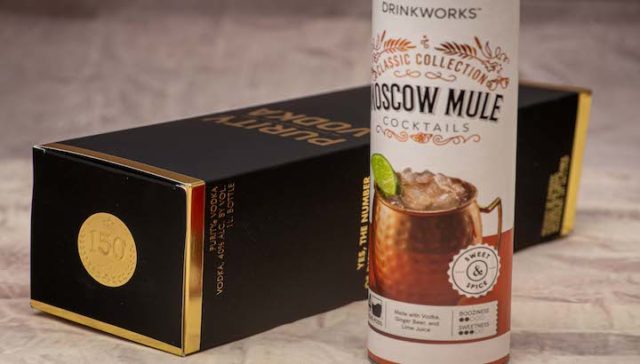
Sustainability:
A huge trend that has emerged over the last decade is companies shifting to a more environmentally friendly approach. A company being environmentally conscious is even a determining factor on whether a customer makes a purchase or not, this trend is especially prevalent among younger consumers. Today there is an increasing number of eco-friendly materials for your packaging which is something important to consider on your next project.
User Oriented Design:
Designing packaging around the products intended use is always a benefit to consumers. If a process can be simplified for customers by an organization’s packaging, customers will be more likely to purchase as it will make their lives easier. One recent example is Tides’ eco box, this box not only contains less plastic than previous packaging iterations, but also eliminates the need to pour detergent into the cap as the package contains a spout on the side.
Perfect Fit:
If your product is going to be shipped, is easily breakable, or a high value item; a custom package to fit that product specifically is extremely important. Not only can this alleviate customer frustration and complaints, it can also save your organization time and money by avoiding dealing with damaged products.

